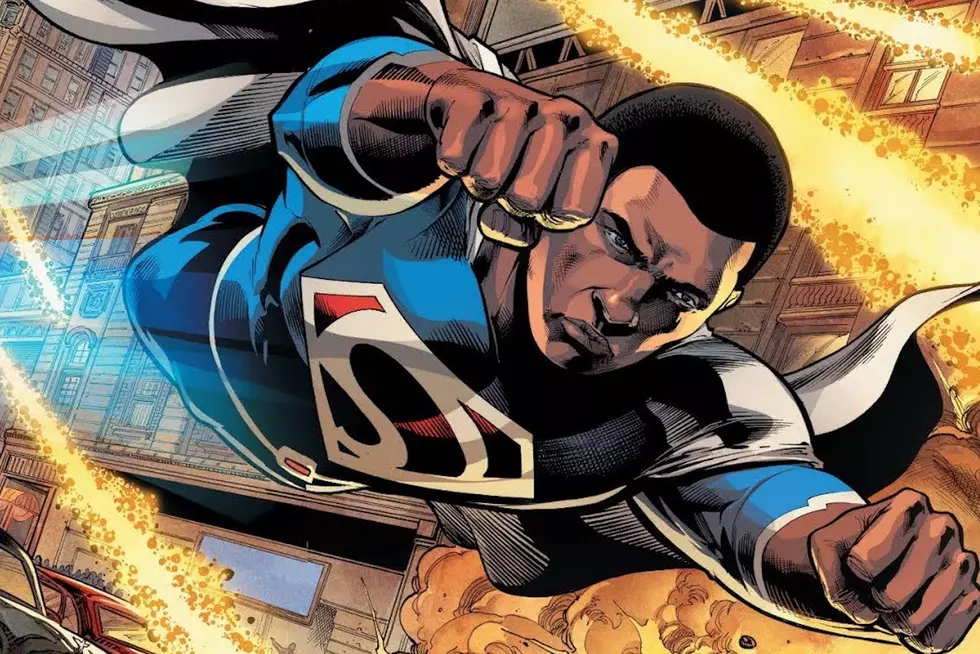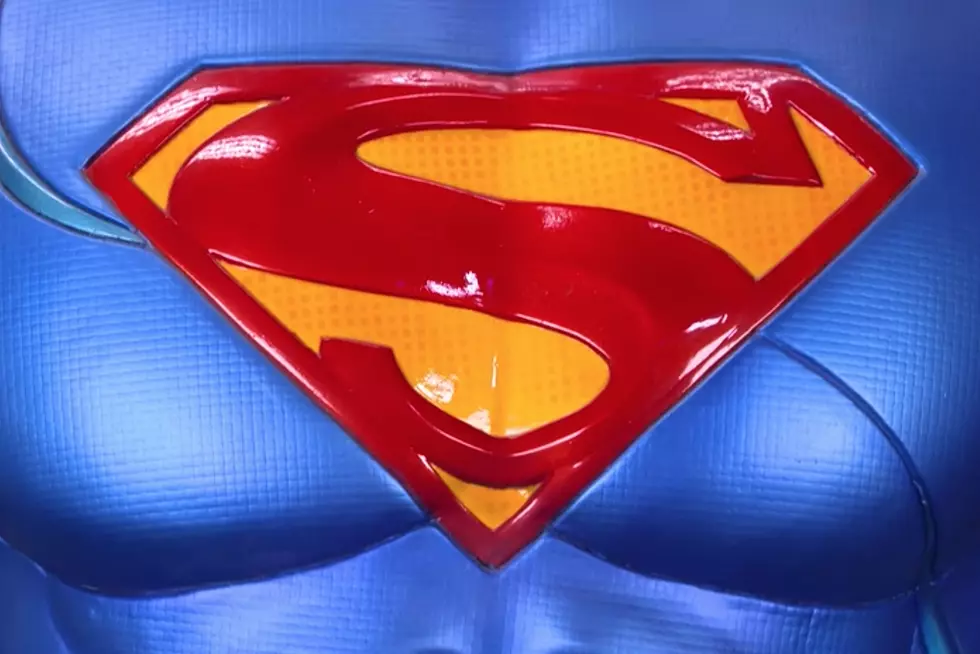
Looking Back At The Great Comics Works of John Byrne
John Byrne is a controversial figure in comics, all the more so as he's moved to disavow his work with mainstream publishers, yet his legacy within the industry is undeniable, and his contributions to iconic franchise properties and to early creator-owned independent work are worthy of celebration.
Born on this day in 1950, John Byrne moved from England to Canada at the age of eight, and it was here that he first encountered American superhero comics. He enrolled in --- but dropped out of --- the Alberta College of Art and Design in Calgary, and began contributing to Roger Stern and Bob Layton’s Contemporary Pictoral Literature. Their character Rog-2000 was spotted by Charlton Comics, and the team began contributing back-up stories in the pages of E-Man.
Byrne was next spotted by Marvel, which set him to work penciling titles such as Marvel Team-Up and Marvel Preview, but he found his first big break when partnered with Chris Claremont on Uncanny X-Men. Along with inker Terry Austin, the team created classic story after classic story, including "Days of Future Past" and "The Dark Phoenix Saga." Byrne also holds a creator credit for iconic characters such as Kitty Pryde and the Canadian superteam Alpha Flight.
Following his success with the X-Men, John Byrne took over both writing and penciling duties for Marvel’s flagship title Fantastic Four with the aim of taking the book back to its best, as it was under Jack Kirby and Stan Lee. Byrne worked on the title for five years, and his run is widely considered as a classic on par with the best Fantastic Four stories from any decade.
While working on Fantastic Four, Byrne also found time to write and draw Alpha Flight’s first solo title and used the lower-tier team to experiment with superhero storytelling. Alpha Flight #6 features a fight during a blizzard where the page is arranged as normal with panels and balloon placements but no art, and Alpha Flight #12 saw the surprising and avoidable death of Guardian, the book’s ostensible lead.
While at Marvel, Byrne became embroiled in controversy when he claimed he was proud to be a company man and that creators should “live within the rules while they're around,” in response to the growing momentum surrounding Jack Kirby’s claims he wasn’t treated fairly by Marvel while creating the majority of their iconic characters. In response, Kirby and Steve Gerber created a parody of Byrne named Booster Cogburn in the pages of Destroyer Duck, who was notable for his removable spine.
When DC Comics revamped its line in the wake of Crisis on Infinite Earths, John Byrne was hired to reinvent Superman from the ground up with the new origin miniseries Man of Steel. The series took Superman back to basics and reinvented classic concepts such as the world of Krypton, while recasting familiar roles, such as Lex Luthor’s change from mad scientist to cunning businessman.
Following a successful run on Superman and Action Comics, as well as the event series Legends, Byrne returned to Marvel to take over West Coast Avengers, drastically altering the status quo with the arrival of baby-handed supervillain Master Pandemonium, the return of the original Human Torch, and the creation of the second-string never-was team The Great Lakes Avengers.
Byrne got to stretch his comedy muscles with the GLA, but it was his run on The Sensational She-Hulk that really allowed him to cut loose. She-Hulk was one of the first major superheroes to break the fourth wall, years before Deadpool was ever created, and she even argued with the author himself about the direction the story was taking. Byrne used the irreverent nature of the book to play with the format, including one sequence where She-Hulk runs through an issue’s advertisement to catch up to a crook.
It was around this time that John Byrne also had notable runs with characters such as Iron Man and Namor The Sub-Mariner, which included a radical reinvention of the latter as a sharp-suited businessman. His stint on Iron Man with John Romita Jr and Paul Ryan reintroduced Fin Fang Foom to the Marvel Universe and saw The Mandarin return to prominence as Tony Stark’s archnemesis.
In the early '90s, Byrne stepped away from mainstream publishers and began working on creator-owned titles for Dark Horse, creating the Next Men as an early attempt at the now well-worn trope of exploring what superheroes might be like if they existed in the “real world”. Byrne also worked alongside Mike Mignola on the first volume Hellboy, though when asked about it he insists that Mignola did not need the help.
Byrne continued to work for both Marvel and DC during the '90s, including an acclaimed run on Wonder Woman and a less than acclaimed take on Spider-Man’s origin in Spider-Man: Chapter One. As the new millennium dawned, Byrne’s superhero work seemed to mostly focus on the telling of “lost” stories from the past, and it was the cancellation of X-Men: The Hidden Years that caused him to acrimoniously split from Marvel.
He worked for DC on titles such as Superman: True Brit written by comedian John Cleese, and created an all-new Atom in All-New Atom, along with Gail Simone. He also took on more licensed properties for IDW, such as Jurassic Park, Angel and Star Trek, including Star Trek photonovels released under the name “New Visions,” in which Byrne uses stills from the original television series and rearranges them in new ways to tell new stories.
While combative in his approach to comics and other creators, John Byrne has had a legendary career with few equals, and his contributions to the industry can barely begin to be measured. His controversial opinions are also perhaps too extensive to catalogue, but even those who find they can't celebrate the man can still ackowledge the wealth of great work he has produced.
More From ComicsAlliance









